Infected Belly Button Piercing: Ultimate Guide To Identifying And Dealing With Infections!
Uncover the mystery behind infected belly button piercings, the healing stages, possible symptoms of infection and treatment options. Join as to discover insider tips on preventing infections and keeping your piercings looking fab!
On Feb 5, 2024 – 7 minutes read
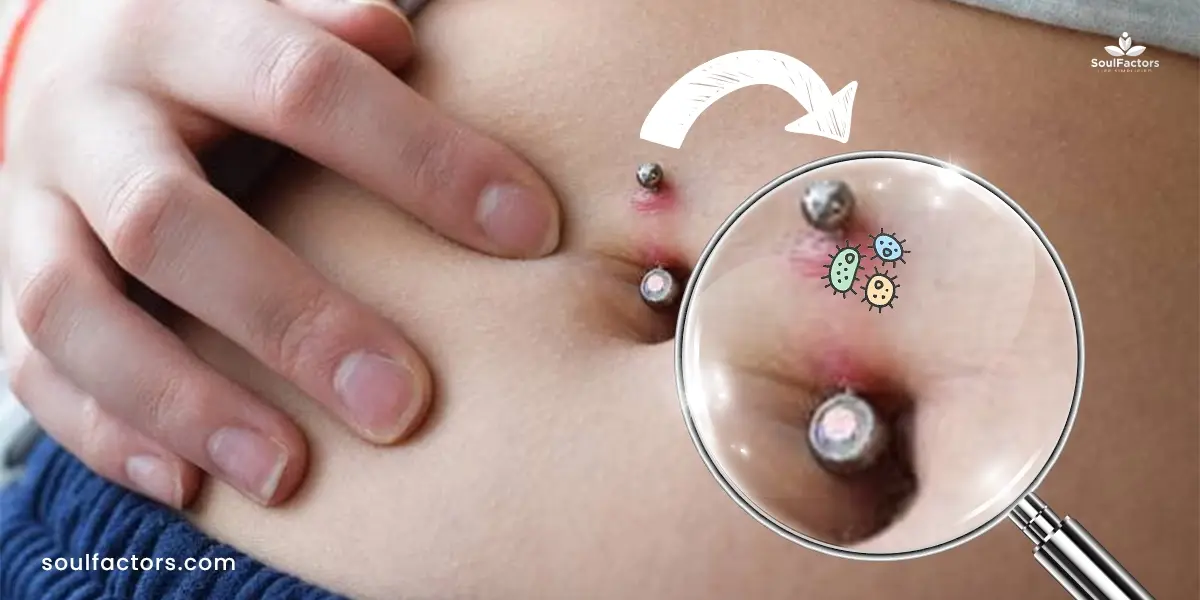
In the cool and stylish world of body art, an infected belly button piercing can stand out for all the wrong reasons. Not everyone gets to enjoy a smooth and uneventful piercing journey. Sometimes, things can go south and the piercing can get infected, leading to redness, swelling, pus, and other complications. But fear not, we are here to tell you everything you need to know about infected piercing Vs. healing, the telltale signs of infections, and tips to conquer navel piercing infection.
Healing Stages Of A Belly Button Piercing
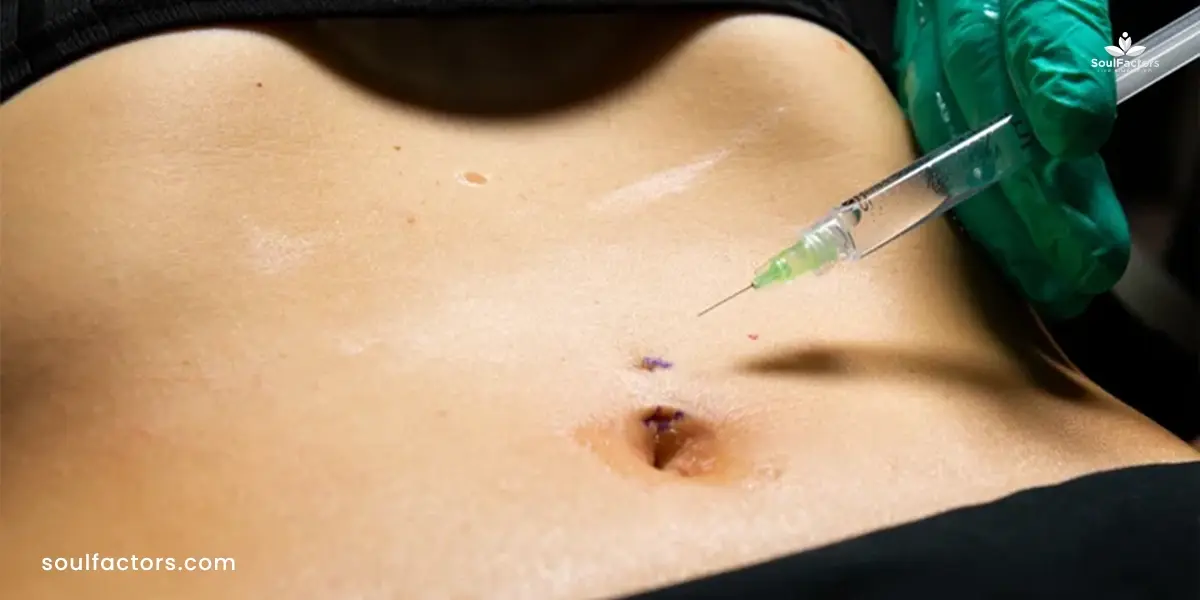
Here are the progressive healing stages of a belly button piercing:
- Stage 1 – How to clean infected belly button piercing? After a fresh piercing, the first few days will involve gentle cleaning with a saline solution to prevent an infected belly button piercing.
- Stage 2 – Turning red: Remember that redness is a normal part of the healing process that points to enhanced blood flow to the piercing site.
- Stage 3 – Developing crustiness: Crustiness is one of the signs of a healing belly button piercing, indicating that you are well on your way to a healed piercing.
- Stage 4 – The swelling: The swelling need not always mean a belly button piercing infection bump. But if the swelling persists and is alarmingly large, consult a medical professional.
- Stage 5 – Healing complete: At this stage, the redness, swelling, and crustiness subside, leaving you with a well-healed piercing that is all set to steal the limelight.
Symptoms Of A Belly Button Piercing Infection
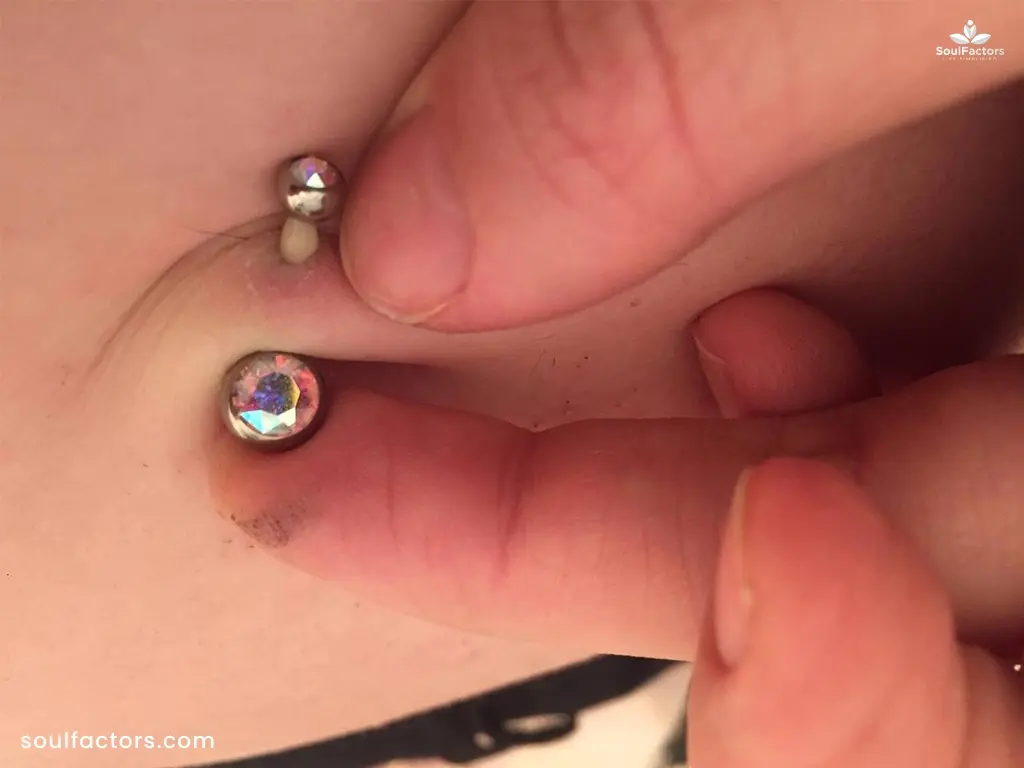
What does an infected belly button piercing look like? Here are some infected belly button piercing symptoms(1) you must watch out for:
- Smelly discharge/pus from the piercing: Browse through infected belly button piercing pictures and you are sure to come across ones that depict pus or discharge oozing from the piercing. Keep checking for changes in color or consistency and seek medical assistance if it persists.
- Fever: An infected belly button piercing can sometimes drive up your temperature. If you are feeling feverish and the spot looks infected, it would be a good idea to get medical help.
- Chills: If you suddenly feel cold, it may indicate a fever is on the way due to an infection in the piercing.
- Upset stomach: An infected piercing can surprisingly mess up your digestion. If you notice an upset stomach, take a closer look at the piercing to rule out an infection.
How Does Belly Button Piercing Get Infected?
If your piercing parlor does not practice proper hygiene, bacteria can enter the piercing and trigger early stage infected belly button piercing. In addition, freshly pierced area tends to be warm and moist – a perfect breeding ground for microbes. Skipping the right aftercare may lead to pus-infected belly button piercing – a sure sign of infection. Understanding how infections develop is crucial to preventing them.
Types Of Belly Button Infections
Bacterial and fungal/yeast infections are the two main mischief-makers in belly button piercings. Bacterial infections usually creep in due to contaminated piercing equipment or poor hygiene. It can be identified by symptoms such as redness, swelling, and discharge.
Fungus or yeast thrives in warm and moist settings. If you spend a day out in the sun or working out in the gym and then skip the part of drying the belly button area, it can be a tempting invitation for fungal or yeast infections(2). The symptoms include inflammation and itching.
Common Causes Of Belly Button Infections
Infected belly button piercings may be attributed to numerous causes. Here are some:
- Floating navel piercing: This piercing features a small bead or flat disc at the bottom part of the piercing that tends to be located deeper than traditional piercings. A floating navel piercing creates a moist environment where fungus can thrive and cause infections.
- Inadequate care: If the piercing site is not cleaned with saline water and dried properly, it can lead to infections.
- Unhygienic habits: If you touch surfaces or even other jewelry such as a nose piercing and then fiddle with your freshly-pierced belly button piercing, it can pass on microbes and trigger infections.
- Allergy to the metal: In rare cases, some people may be allergic to the metal of the jewelry that goes into the piercing.
How To Tell If You Are Allergic To The Metal?
Rather than waiting for the outcome of infected belly button piercing Vs. healing, it would be a good idea to be aware of the signs of metal allergy. Watch out for itching, redness, or bumps around the site. To be on the safe side, choose metals such as surgical steel, gold, titanium, or platinum.
How Long Do Piercing Infections Last?
Unlike ear piercings or nose piercings, belly button piercings take a long time to heal – anywhere between nine months to fifteen months. Any lapse in care or hygiene during this period can lead to infections. In fact, if the jewelry gets snagged in your clothes or belt, that too may interrupt the healing process and cause an infection. Once this happens, be prepared to give it at least three to six months to heal completely.
How To Treat An Infected Belly Button Piercing?
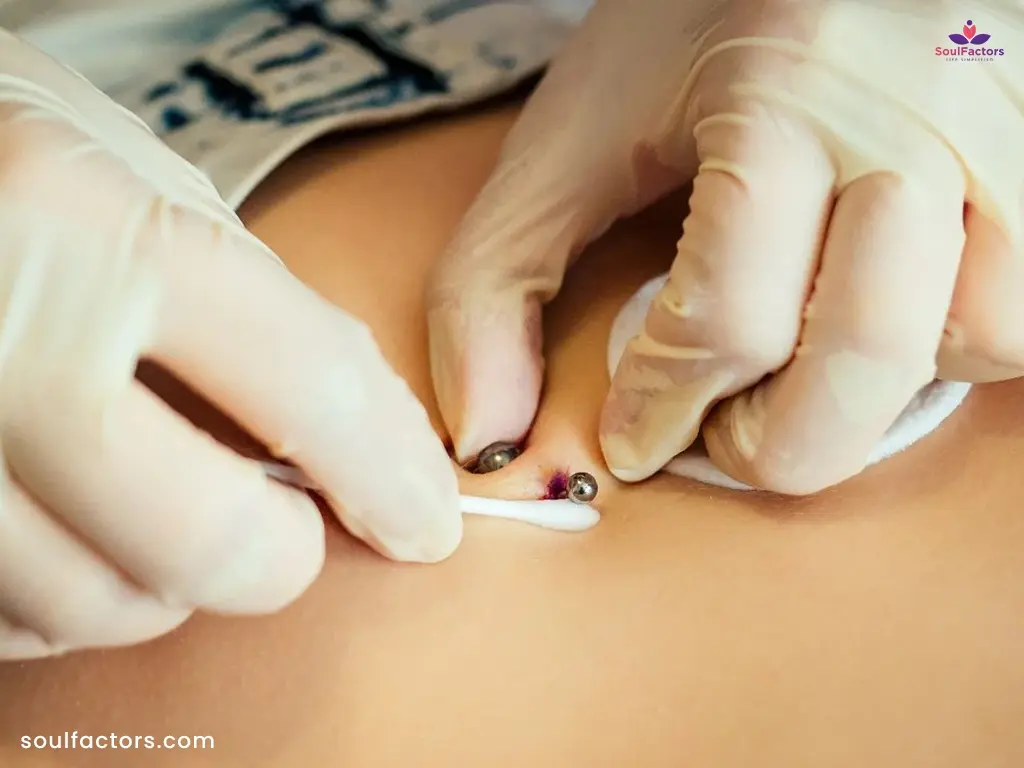
Belly button piercing infection treatment is easier than you expect. Here are some tips:
- Mix a teaspoon of sea salt into a glass of warm water, soak a cotton ball into it, and gently place it on your belly button. Repeat twice a day.
- Dilute a few drops of tea tree oil in a carrier oil such as jojoba oil or coconut oil and apply this on the affected area with a cotton swab once every day.
- Your healthcare professional will be able to suggest a suitable antibacterial lotion to clean the infected area.
Prevention Tips To Avoid Infection
- Make cleanliness a top priority to prevent the belly button piercing infection bump. Use a saline solution to clean the infected site.
- Avoid touching the piercing site or the jewelry as much as possible.
- Choose loose-fitting clothes to ensure that the area stays ventilated.
When To See Your Doctor For An Infected Belly Button Piercing?
DIY hacks are not the way to go for effective results in infected belly button piercing treatment. As soon as the symptoms of early-stage infected belly button piercing appear, it is your cue to get in touch with your healthcare professional. If you spot unusual redness, swelling, or discharge, book an appointment with your doctor right away.
Let’s Sum Up
For most people, dealing with infections is often a vital chapter in the belly button piercing saga. Today, we have explored various aspects of this infection including how to identify symptoms, how to handle an infection, precautions to prevent infections, and when to seek expert help. This in-depth understanding will come in handy to keep your belly button bling-free of infections and sparkling as it should!
FAQs
Use saline water or mild soap to gently wash the infected belly button and pat dry.
Not always. An infected belly piercing may not heal on its own. Make sure you seek medical attention if there are signs of infection.
In case of an infection, it is recommended that you remove the belly piercing after consulting a medical professional.
It can be serious. If left untreated, a belly button infection can lead to complications. Seek medical attention for proper evaluation and guidance.
Yes. Using salt water to clean an infected belly button can help bring down the infection.
Pus in the belly button can be a potential indicator of infection. Consult a healthcare professional for precise diagnosis and treatment.
To accelerate the healing of an infected piercing, keep the area clean, avoid exposing it to irritants and strictly follow medical advice.
Ignoring an infected piercing and not seeking treatment can worsen the infection and lead to multiple complications.
Saline solution or diluted tea tree oil works well in cleaning an infected belly button. However, if the infection is serious, consult a medical professional right away.

Subscribe to Newsletter
Elevate your routine, stay on trend, and embrace a personalized beauty journey with our curated insights.
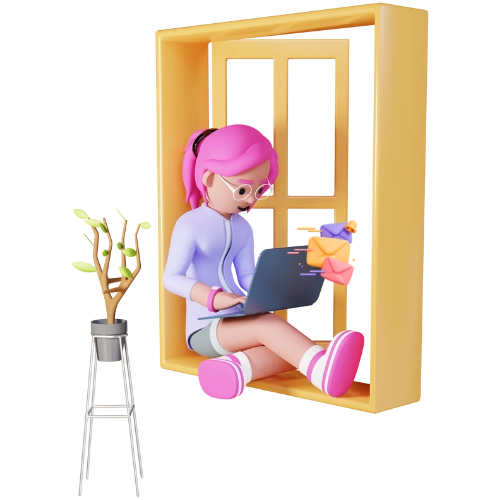

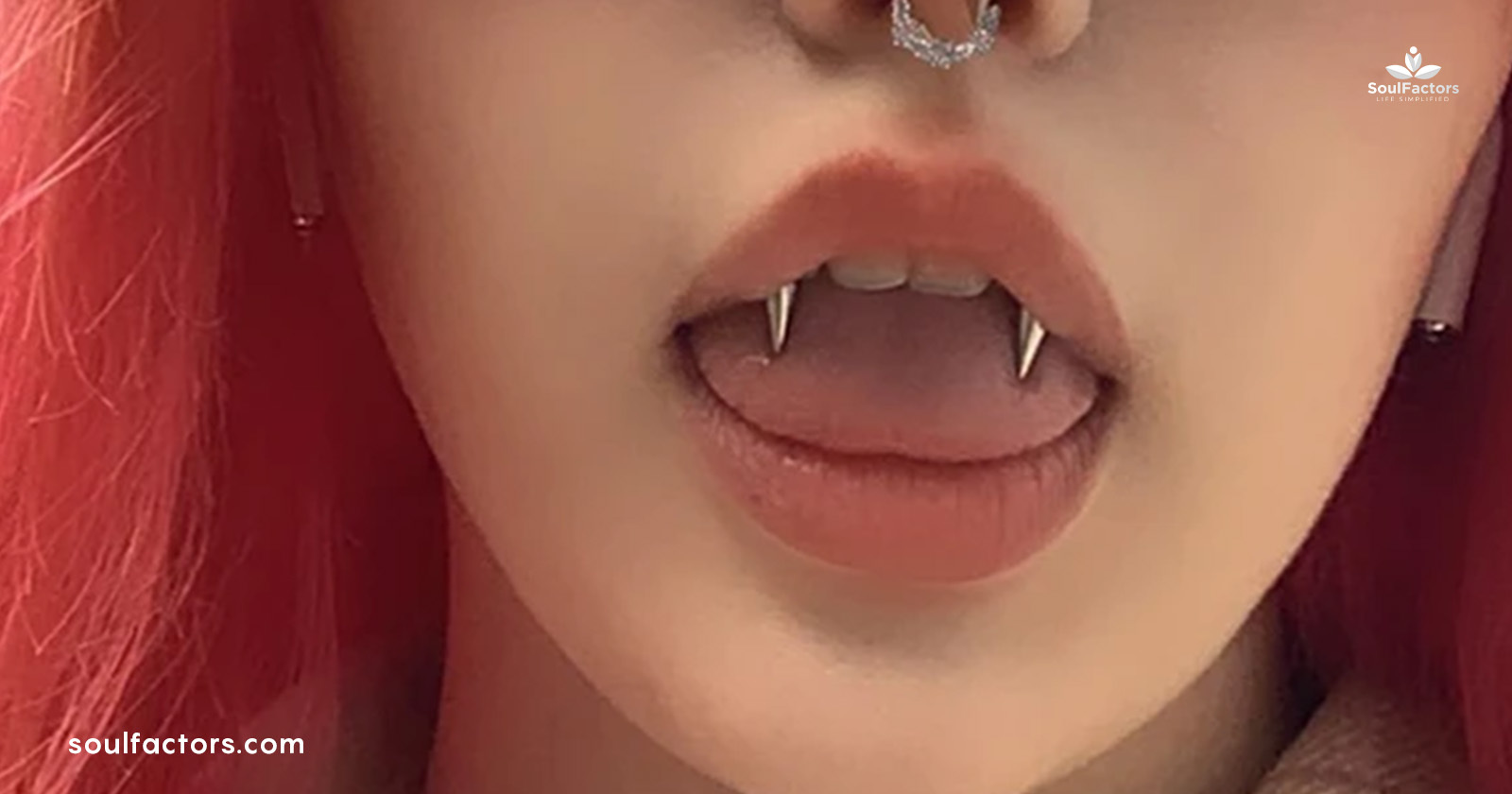
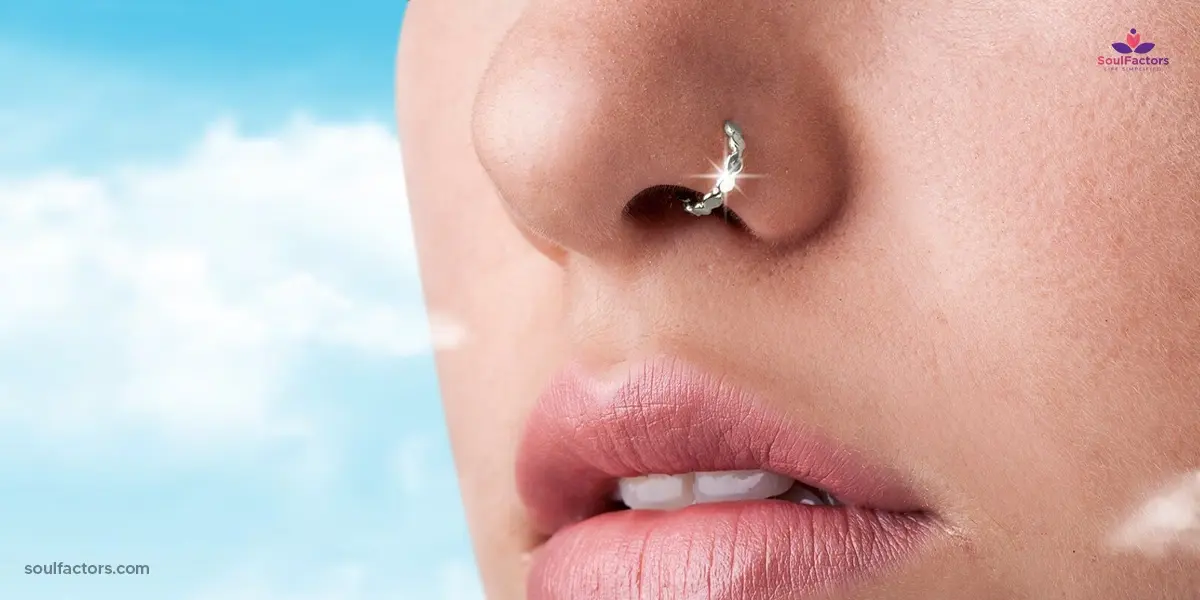
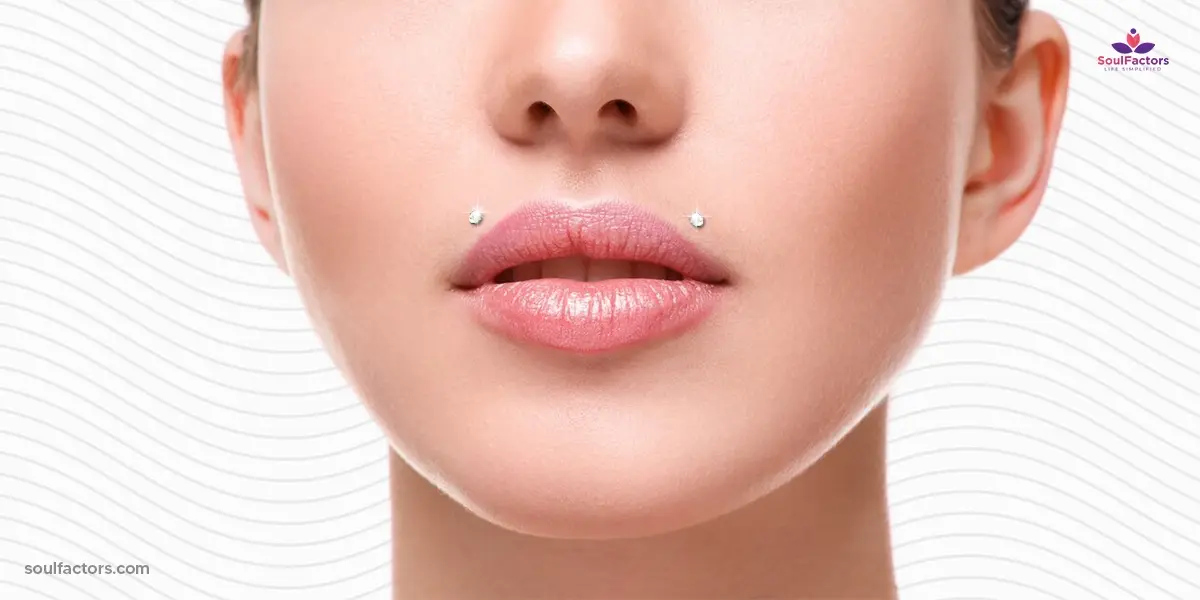
Write a Comment